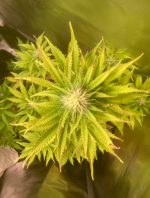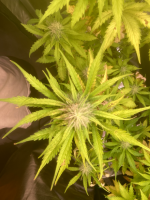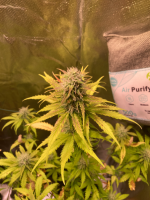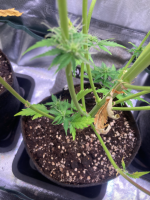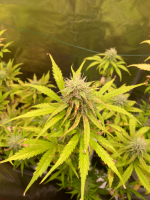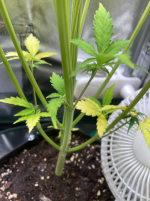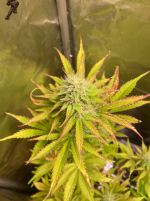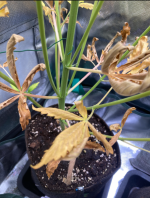Explain the mechanism. "Root bound" is some 19th century blood letting mumbo jumbo. It's like telling someone they have tight pants syndrome. Explain what's actually happejinf
Yeah, it sounds simplified but that's basically it.
More correctly...
The ratio of roots/medium is disproportionate for further healthy root development and function. It basically means there is not enough medium to support the aeration, retain water and nutrients available which leads to ph and ec imbalances which further slows the plant's development and general health.
It also depends on medium of course, dwc and organic soil allow for different ratios of roots/medium because of different ways of providing needed elements to the roots.
Think of it similarly to overpopulation and food scarcity.
I hope it's somehow clearer now.
Cheers

